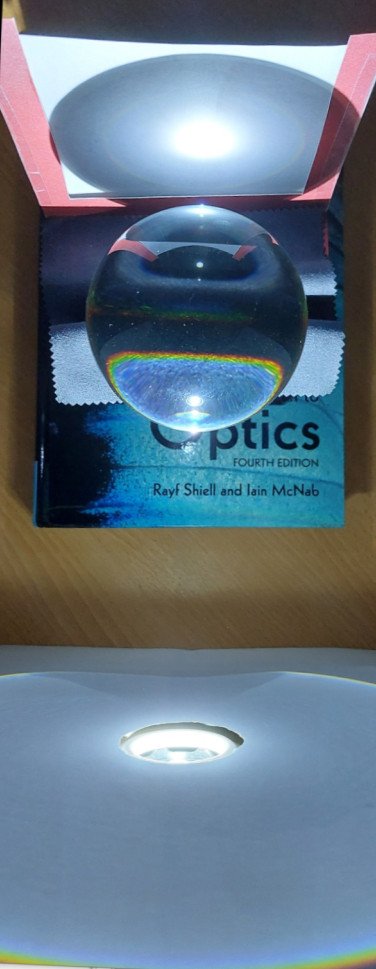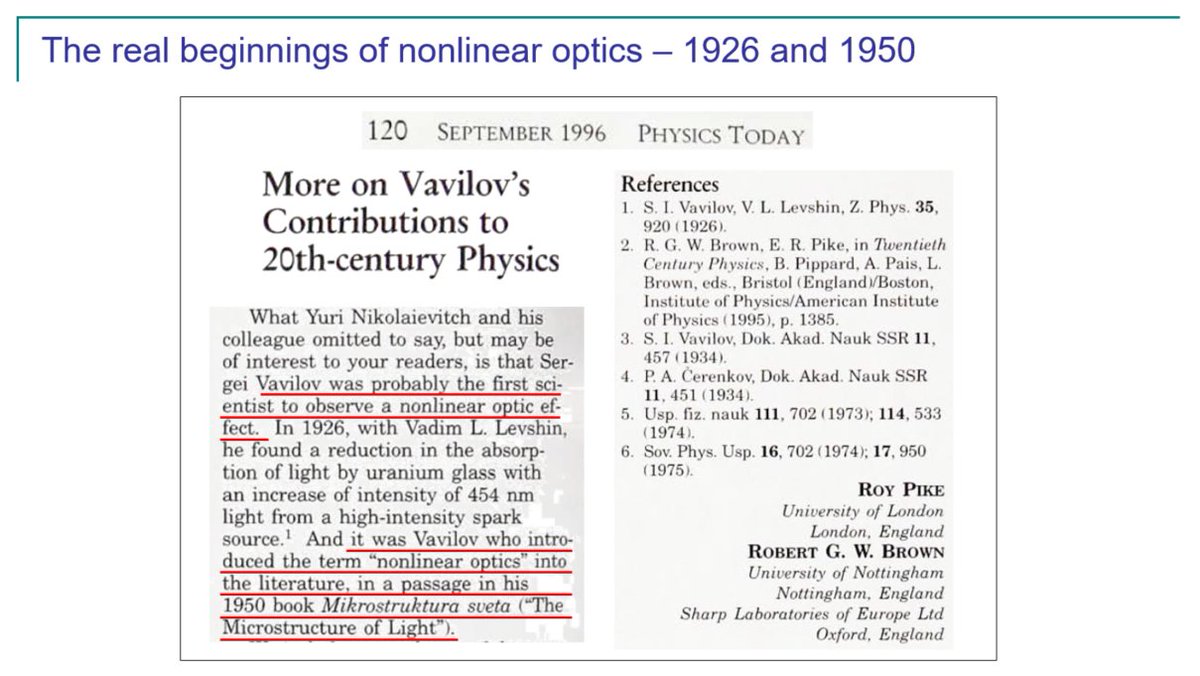Something different! Delighted to announce that a paper I wrote 22 years ago (!) on a supposed portrait of English scientist Thomas Harriot (c1560-1621) is finally online: TL;DR: Sorry but there's no real evidence that the portrait is Harriot ... 🧵 hal.archives-ouvertes.fr/hal-03839673


Harriot was a polymath. He produced the first telescopic drawing of the moon before Galileo, he discovered the law of refraction before Snell or Descartes, and he explored Virginia, learning Algonquian to translate. It would be nice to know what he looked like. 

It was @libroraptor who first got me interested in Harriot. And even 22 years ago, books and websites were often reproducing a portrait from the University of Oxford which was “claimed to be” Harriot. This wording intrigued me, so I started to look into it.
The portrait was bequeathed to Trinity College Oxford by James Ingram but there is no provenance before 1850 and no knowledge of painter or sitter. But the 20th century saw the portrait (left) linked to an engraving by Francis Delaram (right) of a man with a calculating board. 

The rather odd story of the association between the Trinity College painting and the Delaram engraving (and the connection with Harriot) was explained in 1955 in Engraving in England in the 16th and 17th Centuries by Arthur M. Hind (1880-1957) 

Robertson thought of Harriot because the calculating board suggests a mathematician and the verse suggests a friend of Chapman (Harriot was both). But it's tenuous. And the resemblance with the portrait is wishful thinking - bearded men with ruffs were very common at the time!
Harriot's age of 42 on the Oxford portrait did fit but whilst AN° DNI. 1602. ÆTATIS SVÆ 42 was correct at at the time Hind’s book, in 1957 the portrait was cleaned and it was discovered that the inscription had been modified. It was later X-rayed in 1964. 

The results of all this were discussed between the President of Trinity College Arthur Norrington and the Director of the National Portrait Gallery David Piper. The "Harriot" age of 42 appears to have been a later overpainting and Piper states that this seems to rule out Harriot. 

So unfortunately there appears to be no reason to associate the Oxford portrait with Harriot which is a shame because it would nice to have a face to put to a great scientist and explorer. Still when all this is taken together it's a nice story!
This was actually published in April 2000 in the Thomas Harriot Seminar Newsletter but since this is hard to find I have placed it online at HAL. Associating the portrait with Harriot is harmless enough, but it's important to understand it is not really supported by any evidence. 

And I'd really like to thank @libroraptor again as well as @MatthewSteggle who was at Oxford 22 years ago and who helped dig things out from dusty places, and Clare Hopkins from Trinity College for the encouragement to get this story out there in 2022!
@libroraptor @MatthewSteggle @threadreaderapp unroll
• • •
Missing some Tweet in this thread? You can try to
force a refresh























